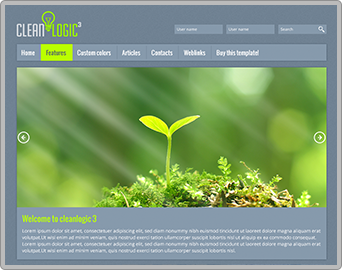ContentBuilder Introduction

ContentBuilder is a professional content construction extension for Joomla!®. It enables the site owner to preserve the content structure by using layout templates. You may also use it to implement catalogs, image galleries, communities, downloads and much more. This reduces the amount of site maintainment and prevents hassle on Joomla!® updates, as there is no need to handle multiple extensions no more.
Of course, you still could use content template engines offered by editors like JCE, but they still don't organize the data behind your content. Only ContentBuilder is able to organize and re-use the data behind your content and helping you to do much more with it.
ContentBuilder does not try to mimic Drupal®'s CCK implementation (including complexity) but follows a more natural way to organize, display and edit content.
In ContentBuilder, everything is a view. One view serves the name and the personal information, the other view serves hard facts like age and gender. For example, you collect user profile data like name, age, gender and personal information in one form, you may create unlimited amounts of views on this data.
ContentBuilder helps to collect data, stores it as records and provides functionality and interfaces to do something useful – for instance creating well structured content.
Every view is organized as a list and a details page for each record. The details page is not meant to be the content itself, but a view can create a content item based on a record. Each content item that has been created within a view is tied to it, while many views may share the same records.
You may either use the lists and details as administrative panels in front- and backend to manage your content, or use them for public access, with or without creating content items (articles).
Of course the content items (articles) created by a view are native. So things like content plugins and search will work like you would create regular content. The content plugins will also work in the details views of a list.
A view can serve:
– Content Templates: what data to display in content?
– Editable Templates: what data may be edited?
– Email Templates: what data to send to users and site maintainers on submission?
– Permissions: what permissions to grant to a user or a group of users?
– Data Source: what data source the view should be connected to?







